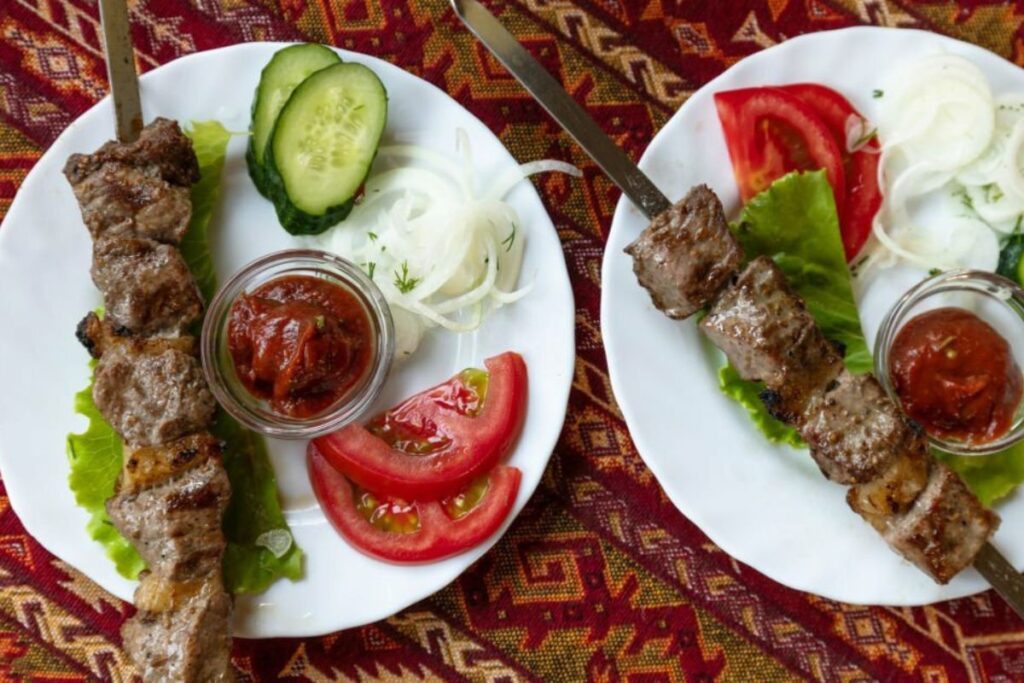
Introduction
In a world rich with diverse art forms and cultural artifacts, çeciir stands out as a fascinating subject worth exploring. But what exactly is çeciir? This term may be unfamiliar to many, but it holds significant value in certain cultural and artistic contexts. Understanding çeciir not only unveils a unique aspect of human creativity but also connects us to a deeper historical and cultural narrative.
Historical Context
The roots of çeciir can be traced back to ancient times, where it emerged as a form of art and craftsmanship in specific regions. Its historical significance lies in its evolution from a traditional practice to a modern art form. Exploring its origins gives us insight into how cultural practices shape and transform over centuries.
Çeciir has witnessed various transformations throughout history. Initially, it served functional purposes, but over time, it evolved into a medium of artistic expression. This evolution reflects broader trends in art and culture, highlighting the dynamic nature of human creativity.
Types of çeciir
Traditional çeciir encompasses the original methods and styles used in creating this art form. It often involves specific techniques and materials that have been passed down through generations. Understanding traditional çeciir helps us appreciate its cultural heritage.
Modern çeciir reflects contemporary influences and innovations. Artists today may incorporate new materials, techniques, and themes, bridging the gap between historical practices and current trends. This adaptation keeps çeciir relevant and engaging in the modern world.
Cultural Significance
Çeciir holds a unique place in various cultures, often symbolizing important cultural values and traditions. Its role can vary greatly depending on the cultural context, making it a versatile and intriguing subject.
The symbolism associated with çeciir can provide deeper insights into the cultures that embrace it. Whether representing spiritual beliefs, social status, or artistic expression, çeciir often carries rich meanings that enhance its significance.
How çeciir is Made
Creating çeciir traditionally involves specific techniques that have been refined over time. These methods often require skill and precision, showcasing the craftsmanship involved in producing high-quality çeciir.
In the modern era, new tools and techniques have expanded the possibilities for çeciir creation. Understanding these advancements helps us appreciate the innovation and creativity that contemporary artists bring to this art form.
Common Uses of çeciir
One of the primary uses of çeciir is in art and decoration. Its aesthetic appeal makes it a popular choice for adding beauty and character to various spaces.
In addition to its artistic applications, çeciir can also serve functional purposes. This duality adds to its versatility and value in different contexts.
Benefits of çeciir
Çeciir’s aesthetic qualities make it a desirable addition to any collection or decor. Its beauty and craftsmanship contribute to its appeal.
Beyond its visual appeal, çeciir offers practical benefits, such as durability and functionality. These attributes enhance its value and usefulness.
Challenges in Working with çeciir
Working with çeciir can present challenges, such as mastering techniques or dealing with material limitations. Identifying these issues and finding solutions can help artists and craftsmen improve their skills.
For those new to çeciir, certain tips and best practices can make the learning process smoother. These tips provide guidance on how to get started and succeed in this art form.
Popular çeciir Artists and Craftsmen
Several artists and craftsmen have made significant contributions to the world of çeciir. Highlighting their work helps us appreciate the diverse approaches and styles within this art form.
Exploring the contributions of these notable figures offers insight into the evolution and impact of çeciir. Their works serve as examples of excellence and innovation in the field.
Future of çeciir
The future of çeciir is shaped by emerging trends and innovations. Staying informed about these developments helps us understand where çeciir is headed and how it continues to evolve.
Considering the future outlook of çeciir involves reflecting on its potential growth and challenges. This perspective provides a comprehensive view of its trajectory and prospects.
Conclusion
In summary, çeciir is more than just an art form; it’s a reflection of cultural heritage, artistic evolution, and personal expression. By exploring its history, significance, and future, we gain a deeper appreciation for its role in our world. Whether you’re an artist, a collector, or simply curious, understanding çeciir enriches our view of creativity and culture.
FAQs
What is çeciir?
Çeciir is a unique art form that involves specific techniques and materials, reflecting cultural and historical significance. Its definition and application can vary depending on the context.
How is çeciir different from other art forms?
Çeciir distinguishes itself through its specific methods, materials, and cultural relevance. While similar to other art forms, its unique characteristics set it apart.
Can I learn to work with çeciir myself?
Yes, learning to work with çeciir is possible through practice and guidance. Various resources, including workshops and tutorials, can help you get started.
What materials are commonly used in çeciir?
Common materials for çeciir include traditional and modern substances, depending on the style and technique being used. These materials contribute to its unique appearance and functionality.
Where can I find çeciir art?
Çeciir art can be found in various places, including galleries, museums, and online platforms. Exploring different sources can help you discover and appreciate çeciir’s diverse expressions.
